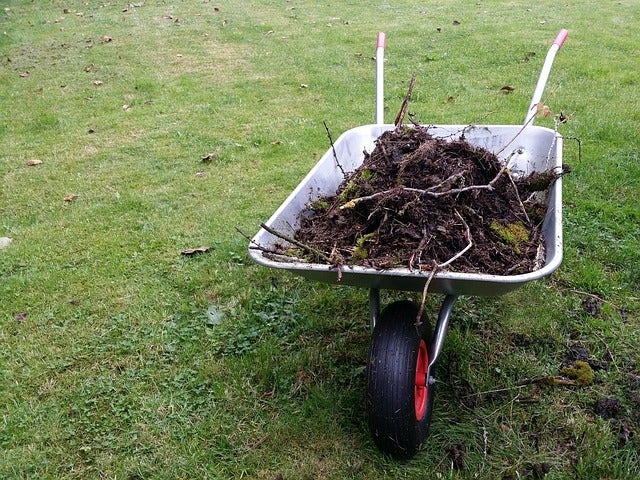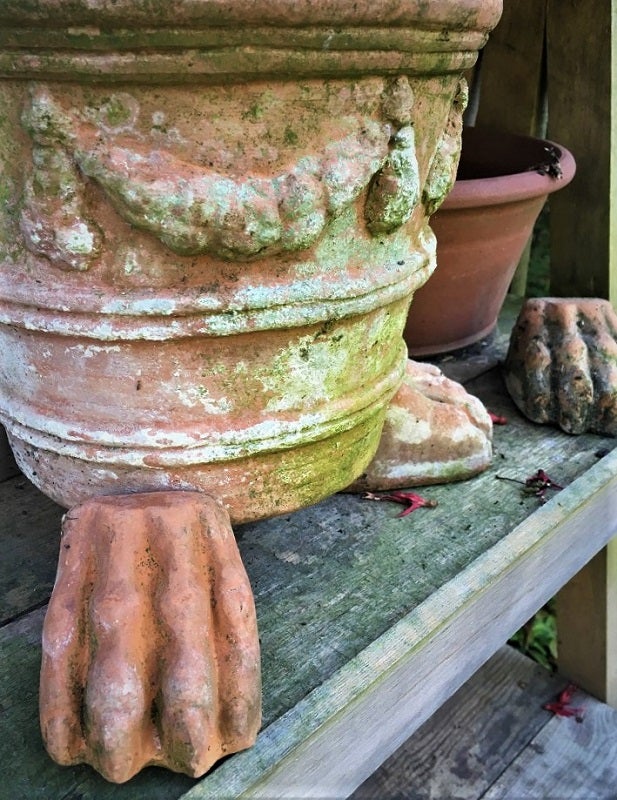Soil Basics: From pH to microbes
Published 10:00 am Friday, June 28, 2019

- Image by Dirk (Beeki®) Schumacher from Pixabay
By Sheri Bethard
Texas Certified Master Gardener
As a plant lover working with my plants and the Master Gardener plants, one thing they all have in common is the soil they grow in regardless if they are small, large, annual or perennial, flowers or foliage.
Soil is usually one of the most overlooked items new gardeners don’t take seriously. They usually buy the cheapest they can find.
Seasoned gardeners have learned to appreciate the value of a good soil medium. A good quality soil medium can make the difference in a successful gardening experience over a poor soil mix, which could lead to failure.
Most of you are familiar with the terms, pH, microbes, and humus. But what do they really mean and how do they affect our trying to improve the soil while maintaining its fertility?
Let’s take pH first. Different plants require soil with different pH ranges, acidic (less than 7.0), alkaline (more than 7.0), or neutral (7.0).
You are wondering why would plants need different soil pHs?
In plants, nutrients move at different rates through the soil. The more acidic the soil is the faster the rate.
For example, if an acid-loving plant is in alkaline soil, it will not get nutrients at a fast enough rate. You can fertilize all you want but it will not help as the pH is to high keeping the nutrients from being able to move thru the soil to be available to the plant.
Below is a simple quick home test for testing the soil pH you can do if you want to get approximate results now while waiting on official soil tests from Texas A&M AgriLife Extension Service.
Obtain at least a cup of garden soil, four – six inches below the soil line where the roots are; remove all rocks, roots and any other foreign matter. This will give you a more accurate result. Put half a cup of soil in a glass container and pour half a cup of distilled water on it. Mix water and soil well to become muddy. Add more water if needed. Once it is a muddy consistency, pour half a cup of vinegar and wait. If the mixture fizzes or bubbles up, the soil is more alkaline.
You can do a similar test for acidity using baking soda. Mix your cup of cleaned soil with half cup of baking soda and mix well. Add half cup of distilled water to make soil’s consistency a bit mushy. Add water if needed. Don’t get it to runny. Wait and see what happens to mixture. If it fizzes, bubbles up or foams up, your soil is acidic.
If nothing happens when doing either test, your soil’s pH is probably neutral.
Salt is an enemy to your soil and you may not have realized that using commercial or synthetic fertilizers contain salts. They cause the nutrients to bind together thus the plant is unable to take them up.
In addition, this can cause soil compaction decreasing the activity of beneficial soil microbes and increases the activity of pathogens, which in turn cause disease.
Organic fertilizers do not contain salts. Your plants cannot tell if the fertilizer is synthetic or organic but your soil can.
Humus or finished compost is organic matter can provide beneficial microbes that in turn produce ideal nutrient storage for our plants.
Humus can hold three – four times more moisture than clay alone. It helps the storage of water during dry periods as well as nutrients are readily available for the plants absorbing when needed. It also helps reduce the leaching of nutrients from the soil and the need for adding fertilizers.
Humus plays an important part in reducing soil erosion. For example, an acre of soil with 1-percent humus can hold only less than a half-inch of water; any more rain will erode or run off. However, if you increase to 6-percent on the acre, it will hold over two-inches of rain.
All the more reason to compost, mulch and have your grass clippings mulch back into your lawn.
Microbes in the soil are the key to producing humus. If they are not present, organic matter will stay in its present form and it will take much longer for the organic matter to break down.
In the first one to three inches of good garden soil, there are almost a billion types of bacteria. It takes all types of organisms (bacteria, algae, fungi) to break down organic material to humus or compost.
If you live in a newer subdivision, most of the original topsoil with the beneficial microbes was most likely scraped off during construction and what was left was severely compacted. So, those of you in these situations, you should definitely do a soil test before doing any major landscaping. This will help determine if you need to amend your soil or not first and what to amend with.
Remember, humus (compost) is your friend and can help your garden soil stay on the right track, try to reduce or eliminate the use of synthetic fertilizers and then fine tune from there.
If you have any horticulture questions, call our HotLine 409 882-7010 Tuesdays between 10 a.m. – 2 p.m. to speak to our specialist or leave a message any other time and we will get back with you.





